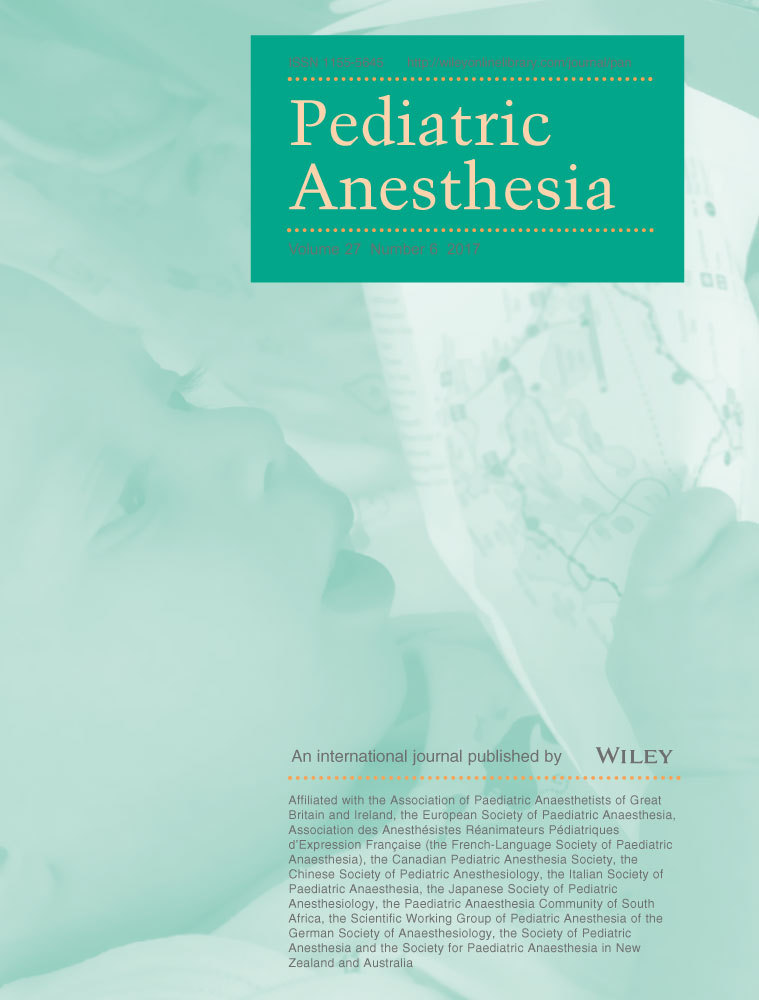Pediatric upper airway dimensions using three-dimensional computed tomography imaging
Summary
Introduction
Computed tomography- (CT) and magnetic resonance imaging (MRI)-based measurements have recently suggested that the narrowest dimension of the pediatric airway is the subglottic region. These data are contrary to the previously held tenets of a funnel- or conical-shaped airway. The current study evaluates airway volumes and shapes using three-dimensional CT images of the air way column in spontaneously breathing children.
Methods
The study included CT-based radiological images of the neck in children who required imaging unrelated to airway symptomatology. The children were evaluated during spontaneous ventilation during natural sleep or with sedation without airway devices in place. The three-dimensional images of the airway column were evaluated, volumes calculated, and comparisons made between the subglottic, cricoid, and tracheal volumes and shapes.
Results
The study cohort included 54 children, ranging in age from 2 months to 8 years. An increase in the airway volumes was observed from the subglottic (0.17 ± 0.06 mm3) to the cricoid (0.19 ± 0.06 mm3) to the tracheal regions (0.22 ± 0.07 mm3). The volumes of the subglottic, cricoid, and tracheal regions demonstrated a linear relationship with age.
Conclusion
This study confirms recent studies demonstrating that the subglottic region not the cricoid is the narrowest part of the airway.




